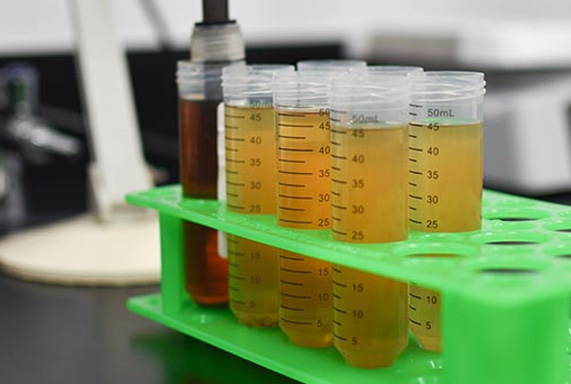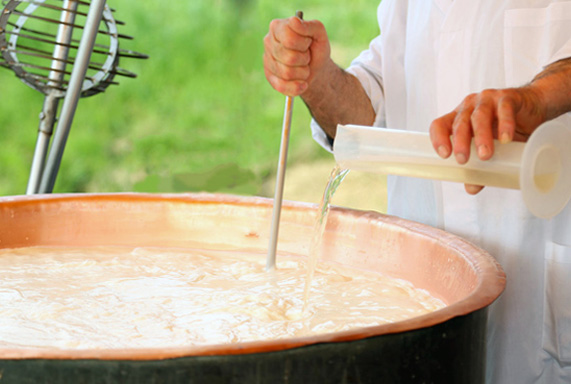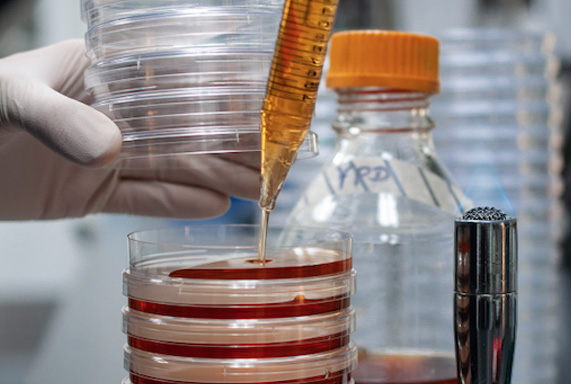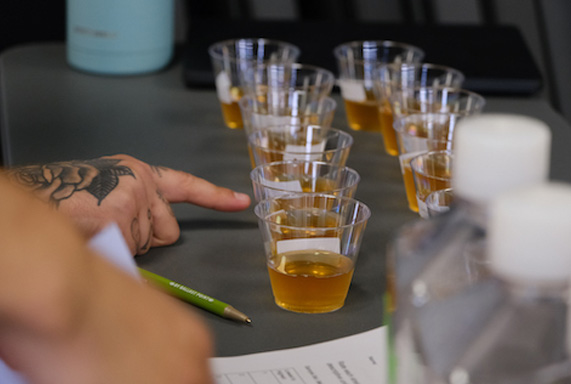Belgian Wit Ale Yeast
ATTENUATION :
74% - 78%
FLOCCULATION :
Low to Medium
ALCOHOL TOLERANCE :
Medium (5-10%)
FERMENTATION TEMPERATURE :
67°
-
74° F
19°
-
23° C
STA1 :
Negative
Description
This strain is the pinnacle yeast for Belgian witbiers or white ales. High phenol production contributes an herbal aroma and flavor notes which blends well with herb and fruit adjuncts. Expect nearly 80% attenuation and a slightly lower resulting pH than English or American ale strains creating a dry beer.
Pitch Rate Calculator
Curious about brewing with this strain? White Labs Brewing Co has the data you need!
Part No:
WLP400Part Name:
Belgian Wit Ale YeastAlso Available in Organic:
YesSTA1 QC Result:
NegativeType:
Core
- Belgian Pale Ale
- Belgian Tripel
- Cider
- Saison
- Witbier
 Yeast & Bacteria Bank
Yeast & Bacteria Bank
 Enzymes & Nutrients
Enzymes & Nutrients
 Lab Services
Lab Services
 Education
Education
 Merchandise
Merchandise
